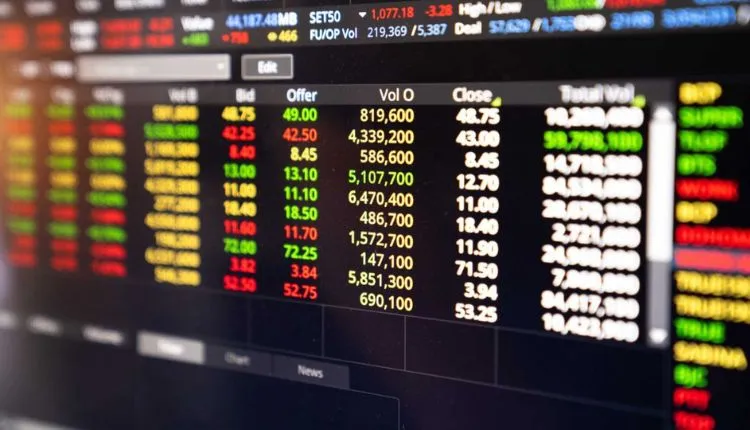The US Stock Market: A Dynamic Landscape Of Opportunities
Introduction:
The US stock market is a vibrant and dynamic ecosystem that provides investors with a multitude of opportunities to grow their wealth. With its vast array of publicly traded companies and diverse sectors, the US stock market serves as a hub for domestic and international investors alike. In this article, we will explore the key aspects of the US stock market, including its structure, factors influencing its performance, and the potential benefits and risks associated with investing in stocks.
I. The Structure of the US Stock Market:
The US stock market consists of various exchanges where stocks are bought and sold. The two most prominent exchanges are the New York Stock Exchange (NYSE) and the NASDAQ. The NYSE is the largest stock exchange in the world, while the NASDAQ is known for its focus on technology and growth-oriented companies.
- Listing Requirements: Companies seeking to be listed on a major US stock exchange must meet certain requirements, including financial performance, corporate governance standards, and market capitalization. These requirements ensure that listed companies adhere to specific standards and provide investors with transparent and reliable information.
- Stock Market Indices: Stock market indices, such as the Dow Jones Industrial Average (DJIA) and the S&P 500, serve as barometers of the overall market performance. These indices track the price movements of a select group of stocks and provide investors with insights into the broader market trends.
II. Factors Influencing the US Stock Market:
The US stock market is influenced by a variety of factors, ranging from macroeconomic indicators to geopolitical events. Understanding these factors is crucial for investors seeking to make informed investment decisions.
- Economic Indicators: Key economic indicators, such as GDP growth, inflation rates, and employment data, have a significant impact on the stock market. Positive economic indicators often lead to increased investor confidence and higher stock prices, while negative indicators can cause market downturns.
- Corporate Earnings: The financial performance of individual companies plays a crucial role in determining stock prices. Strong earnings growth and positive outlooks can drive stock prices higher, while disappointing earnings reports can lead to declines.
- Geopolitical Events: Political instability, trade disputes, and global events can have a profound impact on the US stock market. Uncertainty and geopolitical tensions often lead to market volatility as investors adjust their portfolios based on perceived risks.
III. Benefits and Risks of Investing in the US Stock Market:
Investing in the US stock market offers numerous benefits, but it also carries certain risks. It is essential for investors to evaluate these factors before making investment decisions.
- Potential for Long-Term Growth: Historically, the US stock market has delivered strong returns over the long term. By investing in a diversified portfolio of stocks, investors can benefit from the growth of various sectors and companies.
- Dividend Income: Many US companies distribute a portion of their profits as dividends to shareholders. Dividend-paying stocks can provide a regular income stream for investors, especially those seeking stable returns.
- Market Volatility and Risk: While the US stock market offers potential for growth, it is also subject to periods of volatility. Market downturns can lead to significant losses, especially for investors with concentrated positions. Diversification and a long-term investment horizon can help mitigate these risks.
Conclusion:
The US stock market serves as a vital engine of economic growth, offering investors a wide range of opportunities to participate in the success of American businesses. However, investing in stocks requires careful analysis, risk management, and a long-term perspective. By understanding the structure of the US stock market, factors influencing its performance, and the potential benefits and risks, investors can make informed decisions and navigate this dynamic landscape effectively.
